Story Highlights
| Title | ||
|---|---|---|
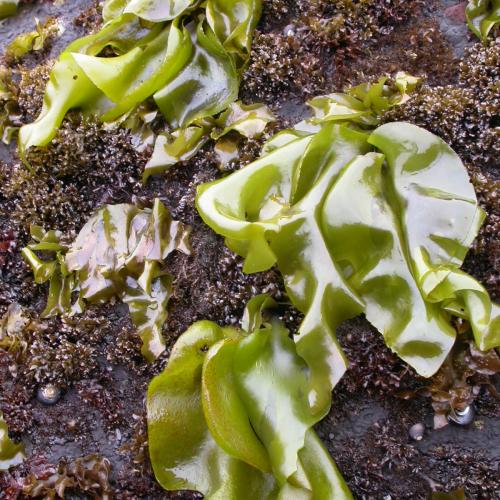
|
Biomechanical consequences of branching in flexible, wave-swept macroalgae | Article by Samuel Starko and Patrick Martone What physical factors influence the morphological variation of plants? How do different morphologies coexist, if they perform similar ecological roles? Marine, non-vascular plants (seaweeds) live in some of the most physically stressful habitats on the planet: wave-swept rocky shores. Seaweeds… |

|
Exploring cell wall structure and function with seed coat mucilage | Article by George Haughn The primary plant cell wall of land plants is an essential cellular structure needed for support, cell-cell adhesion, signaling and interaction with both the biotic and abiotic environment. It is composed of a complex, dynamic extracellular matrix consisting of a network of carbohydrate polymers (cellulose,… |

|
Viruses have helped to sculpture life and the world we live on | By 2019 Wall Scholar Curtis Suttle, a Professor and Fellow of the Royal Society of Canada at the University of British Columbia, where he shares an office with billions of viruses. The novel coronavirus, SARS-CoV-2, is just the latest in what seems to be a never-ending war against the spread of viral diseases; Measles, Influenza, HIV,… |
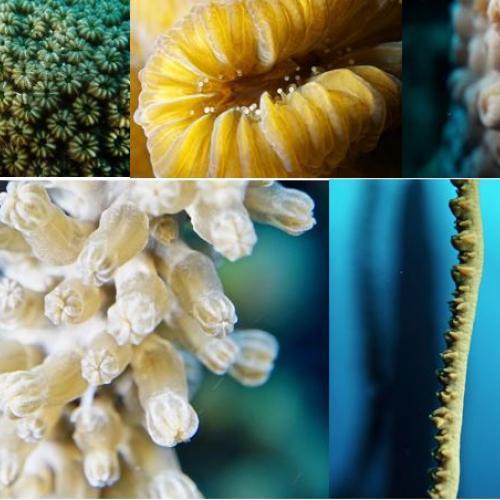
|
Dive into the mysterious connection between malaria and coral reefs - Patrick Keeling | For most of us, microbes mean only one thing: disease. Disease-causing microbes are actually the extreme minority of the most abundant form of life on Earth. But because of their immediate and direct importance to our health, they are much better studied than the rest of the microbial world. Still, new discoveries about the basic biology and… |
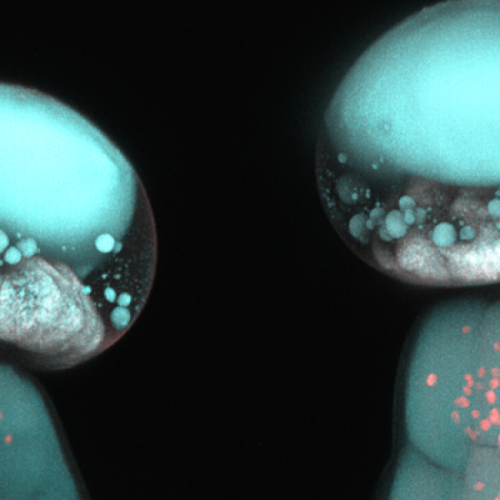
|
The frostier the flower, the more potent the cannabis | Cannabis flowers with the most mushroom-shaped hairs pack the biggest cannabinoid and fragrance punch, according to new research from the University of British Columbia. While the cannabis leaf is iconic, it’s the chemicals produced by the tiny, frostlike hairs on cannabis flowers that give the plant its psychoactive and medicinal… |
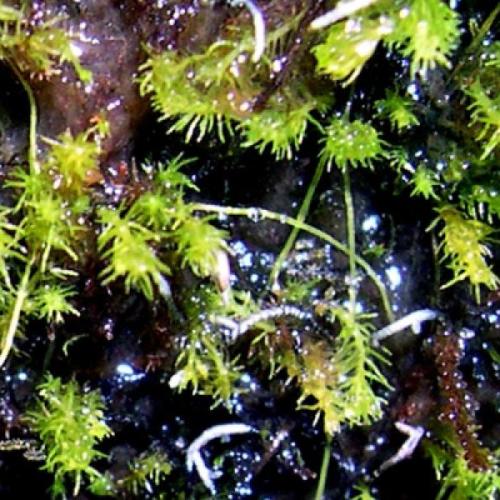
|
Collecting the Impossible moss: BC species key to charting 1 billion years of plant evolution | An international team of researchers have completed a massive effort to sequence genes from more than 1,100 plant species—an undertaking that saw UBC botanists collect rare mosses from remote corners of BC, and travel to the South Pacific to collect parasitic plants. "One of the crucial samples we wanted to include was a parasitic… |
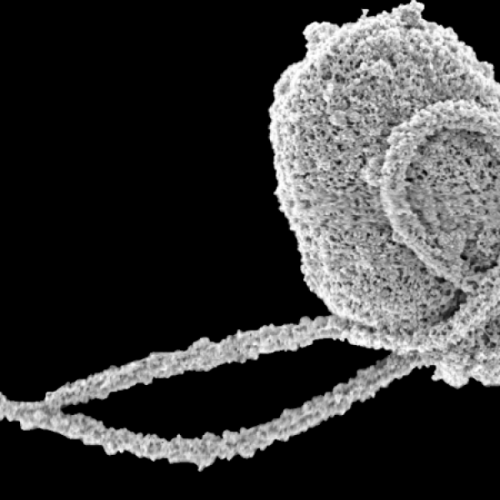
|
Spawn of the triffid? Tiny organisms give us glimpse into complex evolutionary tale | Two newly discovered organisms point to the existence of an ancient organism that resembled a tiny version of the lumbering, human-eating science fiction plants known as ‘triffids,’ according to research in Nature. The microscopic protists Rhodelphis limneticus and Rhodelphis marinus are genetically ‘sisters’ to red algae, but couldn’t… |
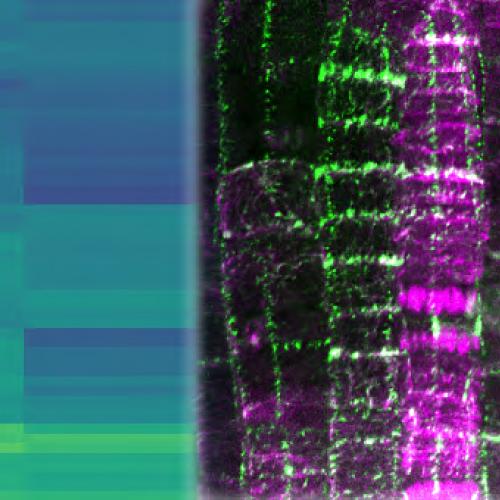
|
UBC researchers unlock secrets of plant development | University of British Columbia researchers have discovered an internal messaging system that plants use to manage the growth and division of their cells. These growth-management processes are critical for all organisms, because without them, cells can proliferate out of control—as they do in cancers and bacterial infections. Plants use… |

|
Viruses-lots of them-are falling from the sky | Viruses and bacteria fall back to Earth via dust storms and precipitation. 2011 dust storm in the Sahara. An astonishing number of viruses are circulating around the Earth’s atmosphere – and falling from it – according to new research from scientists in Canada, Spain and the U.S. The study marks the first time scientists have… |
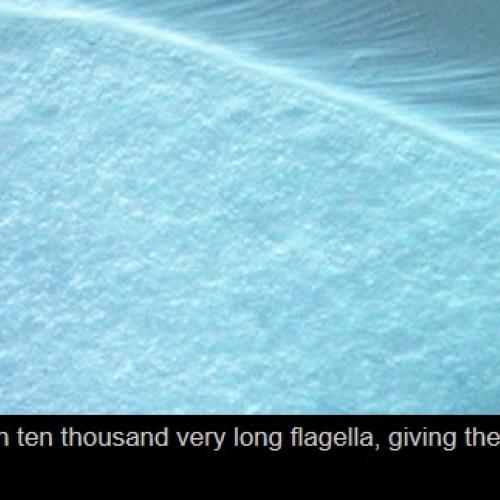
|
Long-haired microbes named after Canadian band Rush |
Three new species of microbe found in the guts of termites have been named after members of the Canadian prog-rock band Rush, owing to the microbes’ long hair and rhythmic wriggling under the microscope. “A Spanish postdoc, Javier del Campo, asked me to recommend some good Canadian music, and I suggested he listen to Rush,”… |